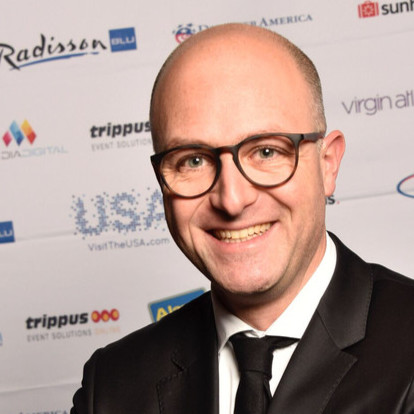Avinor, the Norwegian airport operator and air navigation services provider, opened the world’s largest Remote Towers Centre in Norway on 20 October 2020.
This important achievement would not have been possible without the R&D work performed in the SESAR Programme, where Avinor was instrumental in delivering the multiple remote tower solutions that are now being deployed at several locations in Europe.
“Aviation is the backbone of Norwegian infrastructure and ensures connectivity across vast distances,” says Knut Arild Hareide, Norwegian Minister of Transport and Communications. “Avinor’s new Remote Towers Centre located in Bodø, north of the Arctic Circle, will play an important role in maintaining a sustainable aviation structure in the future. This is a result of the collaboration between Avinor and KONGSBERG, where the companies have utilised complementing areas of expertise in order to build a system which will strengthen the aviation sector. Digitalisation is an important part of Norway’s future and we are pleased that the aviation sector leads the way in this regard.”





